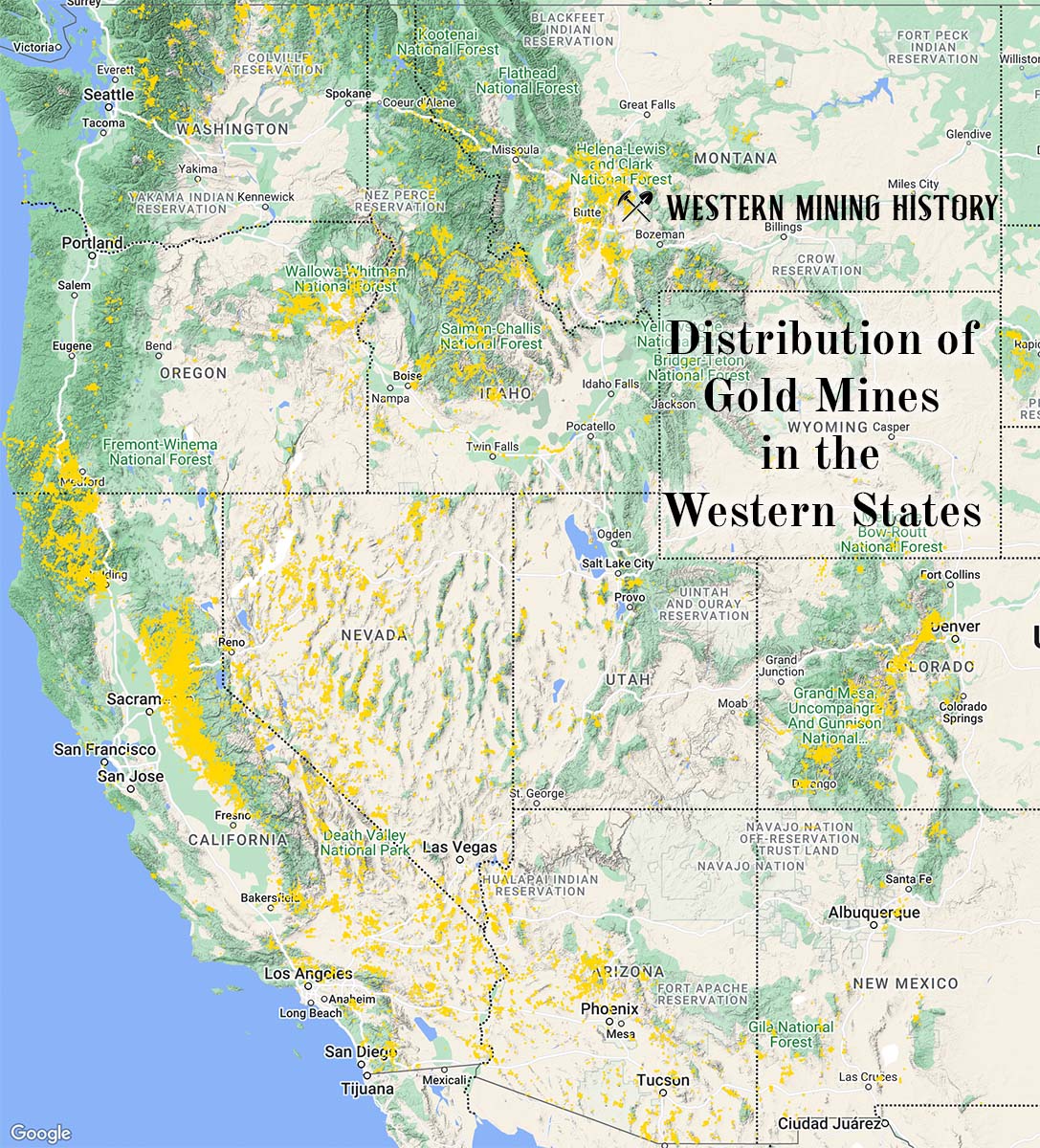The Black Jack is a uranium mine located in Alaska.
About the MRDS Data:
All mine locations were obtained from the USGS Mineral Resources Data System. The locations and other information in this database have not been verified for accuracy. It should be assumed that all mines are on private property.
Mine Info
Black Jack MRDS details
Site Name
Primary: Black Jack
Secondary: Black Jack No. 7
Secondary: Black Jacks
Commodity
Primary: Uranium
Location
State: Alaska
District: Ketchikan
Land Status
Not available
Holdings
Not available
Workings
Not available
Ownership
Not available
Production
Not available
Deposit
Record Type: Site
Operation Category: Prospect
Operation Type: Unknown
Years of Production:
Organization:
Significant:
Physiography
Not available
Mineral Deposit Model
Not available
Orebody
Not available
Structure
Not available
Alterations
Alteration Type: L
Alteration Text: Probable local hydrothermal alteration (disseminated hematite) of trondhjemite or other country rock. Reported serpentinization of basalt or gabbro dike hostrock.
Rocks
Not available
Analytical Data
Not available
Materials
Ore: Pitchblende
Comments
Comment (Deposit): Model Name = Radioactive veins or coatings of undetermined origin, in basalt or gabbro.
Comment (Deposit): Other Comments = At various times, this property has also been referred to as Black Jack No. 7, and Black Jacks (Cobb and Elliott, 1980, p. 17).
Comment (Geology): Geologic Description = The country rocks in the area of this prospect consist of an assemblage of undivided Silurian or Ordovician metamorphosed bedded and intrusive rocks that are intruded by stocks and dikes of Silurian trondhjemite (Berg, 1973; Berg and others, 1988), the rocks are cut by a complex system of high-angle faults that mainly strike NE and NW. Locally, they also are permeated by finely disseminated hydrothermal hematite, giving them (especially the trondhjemite) a pink or red hue commonly mistaken for potassium feldspar. ? the deposit consists of a thin, discontinuous seam, or seams, of a black, radioactive mineral, possibly pitchblende, in a dike of 'serpentinized' basalt or gabbro that may be in fault contact with metamorphic country rocks (Elliott and others, p. 13). The radioactive mineral apparently occurs on the surfaces of small faults. A 2.5-foot-thick layer (dike?) of 'pink feldspar' that may be hydrothermally altered trondhjemite, forms the hanging wall of the fault plane(s) on which the radioactive material occurs. A site examination and tests with a Geiger counter in 1956 showed only traces of radioactive material (J.A. Williams, unpublished site examination report, Alaska Territorial Department of Mines, 1956). Several samples collected at that time contained up to 0.07% U, and one sample contained several percent equivalent uranium. Workings in 1956 consisted of several small pits. ? According to Maas and others (1995, p. 227, 229), a 1970 reconnnaissance of the prospect indicates that the radioactive material occurs in albite pods adjacent to small, serpentinized zones in basalt or gabbro. The highest radioactivity in the pods is associated with thin, black coatings on fractures in the feldspar.
Comment (Workings): Workings / Exploration = A site examination and tests with a Geiger counter in 1956 showed only traces of radioactive material (J.A. Williams, unpublished site examination report, Alaska Territorial Department of Mines, 1956). Several samples collected at that time contained up to 0.07% U, and one sample contained several percent equivalent uranium. Workings in 1956 consisted of several small pits.
Comment (Reference): Primary Reference = Elliott and others, 1978; Maas and others, 1995
References
Reference (Deposit): Cobb, E.H., and Elliott, R.L., 1980, Summaries of data on and lists of references to metallic and selected nonmetallic mineral deposits in the Ketchikan and Prince Rupert quadrangles, Alaska: U.S. Geological Survey Open-File Report 80-1053, 154 p.
Reference (Deposit): Berg, H.C., Elliott, R.L., and Koch, R.D., 1988, Geologic map of the Ketchikan and Prince Rupert quadrangles, southeastern Alaska: U.S. Geological Survey Mineral Investigations Series Map MF-1807,27 p., scale 1:250,000.
Reference (Deposit): Maas, K.M., Bittenbender, P E., and Still, J.C., 1995, Mineral investigations in the Ketchikan mining district, southeastern Alaska: U.S. Bureau of Mines Open-File Report 11-95, 606 p.
Reference (Deposit): Berg, H.C., 1973, Geology of Gravina Island Alaska: U.S. Geological Survey Bulletin 1373, 41 p.
Reference (Deposit): Elliott, R.L., Berg, H.C., and Karl, Susan, 1978, map and table describing metalliferous and selected nonmetalliferous mineral deposits, Ketchikan and Prince Rupert quadrangles, Alaska: U.S. Geological Survey Open-file Report, 78-73-B,17 p., scale 1:250,000.
The Top Ten Gold Producing States

These ten states contributed the most to the gold production that built the West from 1848 through the 1930s. The Top Ten Gold Producing States.